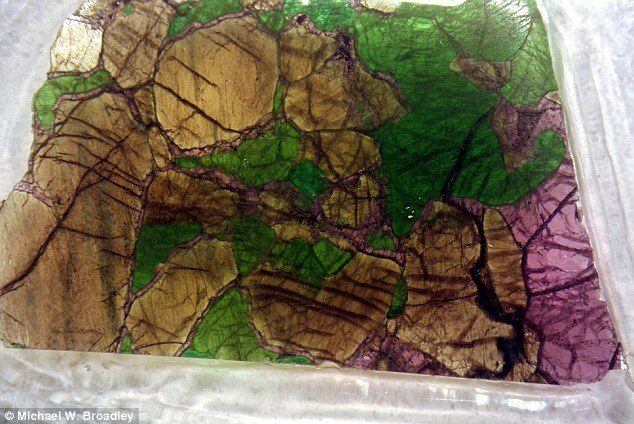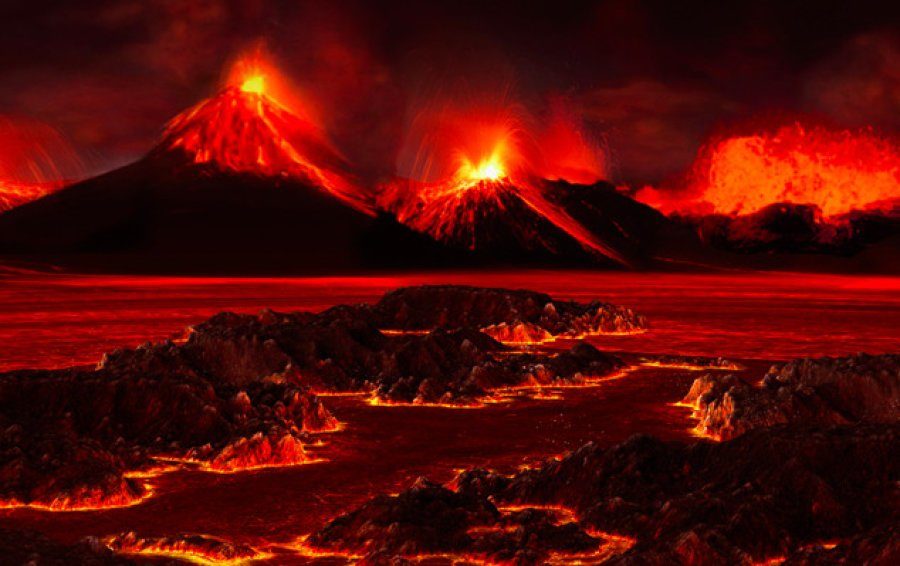The new study suggests the cascade of cataclysmic events that led to the End-Permian extinction, aka the "Great Dying," was triggered by a massive volcanic eruption that ran for almost one million years in what is today Siberia.
The research team analysed xenoliths from the Earth's lithosphere - sections of rock from between the crust and the mantle that got carried to the surface during an eruption - in the region of the Siberian flood basalts.

These chemicals, all elements from the halogen group, seemed to disappear soon after the devastating volcanic eruption.
"We concluded that the large reservoir of halogens that was stored in the Siberian lithosphere was sent into the earth's atmosphere during the volcanic explosion, effectively destroying the ozone layer at the time and contributing to the mass extinction," Michael Broadley, Ph.D., a postdoctoral researcher at the Centre for Petrographic and Geochemical Research in Vandœuvre-lès-Nancy, France, and the paper's first author, said.
As the ozone layer thinned in the wake of the eruption, trees had a harder time reproducing successfully, which reduced the amount of food for large herbivores, accelerating the rate of extinction over time.
By growing trees under UV conditions similar to those during the End-Permian extinction, scientists have shown that the pollen mutated in exactly the same way that ancient pollen mutated.
'The scale of this extinction was incredible,' added Mr Broadley.
'Scientists have often wondered what made the Siberian Flood Basalts so much more deadly than other similar eruptions.'




Comment: There have been a number of studies linking volcanic eruptions with extinctions on our planet but the trigger for these cataclysmic events is as yet unidentified. For more on that, see: Of Flash Frozen Mammoths and Cosmic Catastrophes
See also: